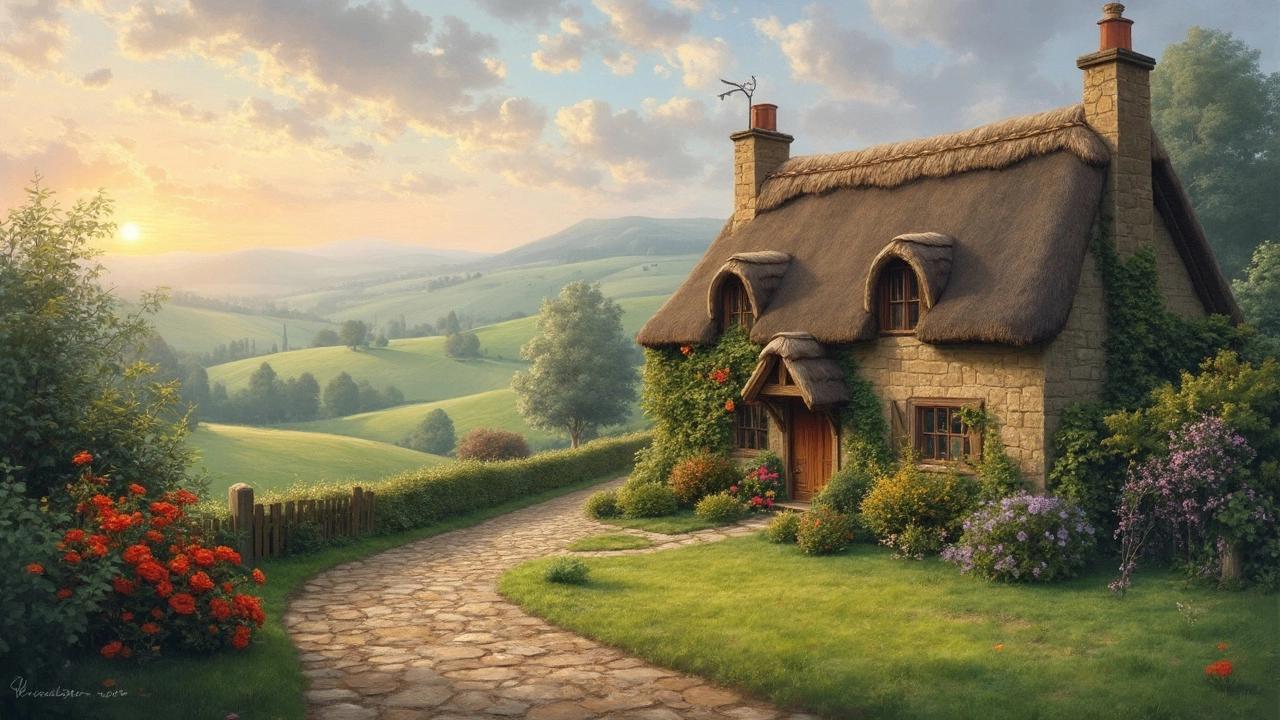
Small Houses: Affordable & Eco‑Friendly Living
If you’ve ever imagined a cozy place that won’t break the bank, a small house might be exactly what you need. These homes are easier to heat, cheaper to maintain, and often fit better into tight budgets. Below you’ll get straight‑to‑the‑point advice on costs, design choices, and green options – no fluff, just practical info you can use right now.
How Much Does a Small House Cost?
In 2025 the price of a small house depends on the building method and location. A basic prefabricated tiny home can start around £30,000, while a more finished timber‑frame cottage might run between £70,000 and £120,000. The biggest price drivers are the foundation type, insulation quality, and any custom finishes you add.
Modular homes are often the cheapest route because factories cut waste and labor costs. If you’re comfortable with a DIY approach, a kit‑home can shave another 10‑15% off the price. Don’t forget to budget for planning permission – that can add a few thousand pounds, but it’s essential for legal compliance.
Remember that the purchase price is just the start. Ongoing costs like heating, water, and maintenance are lower in a small house because there’s less surface area to lose heat. A well‑insulated 40 m² home can cost half as much to heat as a 100 m² property, which adds up over the years.
Eco‑Friendly Small House Choices
Going green with a small house is easier than you think. First, pick sustainable materials – reclaimed timber, straw‑bale walls, or hempcrete are all solid options that keep the carbon footprint down. Second, focus on passive design: orient the house to capture winter sun, add good ventilation, and use high‑R‑value insulation.
Renewable energy can be a game‑changer. A modest 3 kW solar panel array will usually cover the electricity needs of a small home, especially if you pair it with a battery storage system. Heat pumps are another efficient choice; they provide both heating and cooling without the high fuel costs of traditional boilers.
Water savings are simple too. Install low‑flow fixtures, a rain‑water catch‑system, and consider a compact grey‑water recycling unit for toilets. All these measures add up to lower bills and a smaller environmental impact.
When you compare the upfront cost of eco‑friendly upgrades to the long‑term savings, the numbers often balance out within a few years. That’s why many first‑time buyers are opting for a tiny, green home instead of a larger, conventional one.
So, what’s the next step? Start by listing your must‑haves: size, location, budget, and any green features you can’t live without. Then match those to the building methods we discussed – prefab, kit, or DIY. Get quotes from a few reputable suppliers, check local planning rules, and calculate the total cost of ownership, not just the sticker price.
Small houses prove that you don’t need a big footprint to enjoy a comfortable, stylish home. Whether you’re after the cheapest build, a carbon‑light design, or a mix of both, the options are there. Dive into the details, pick the route that fits your life, and you’ll have a home that feels right without draining your wallet.
